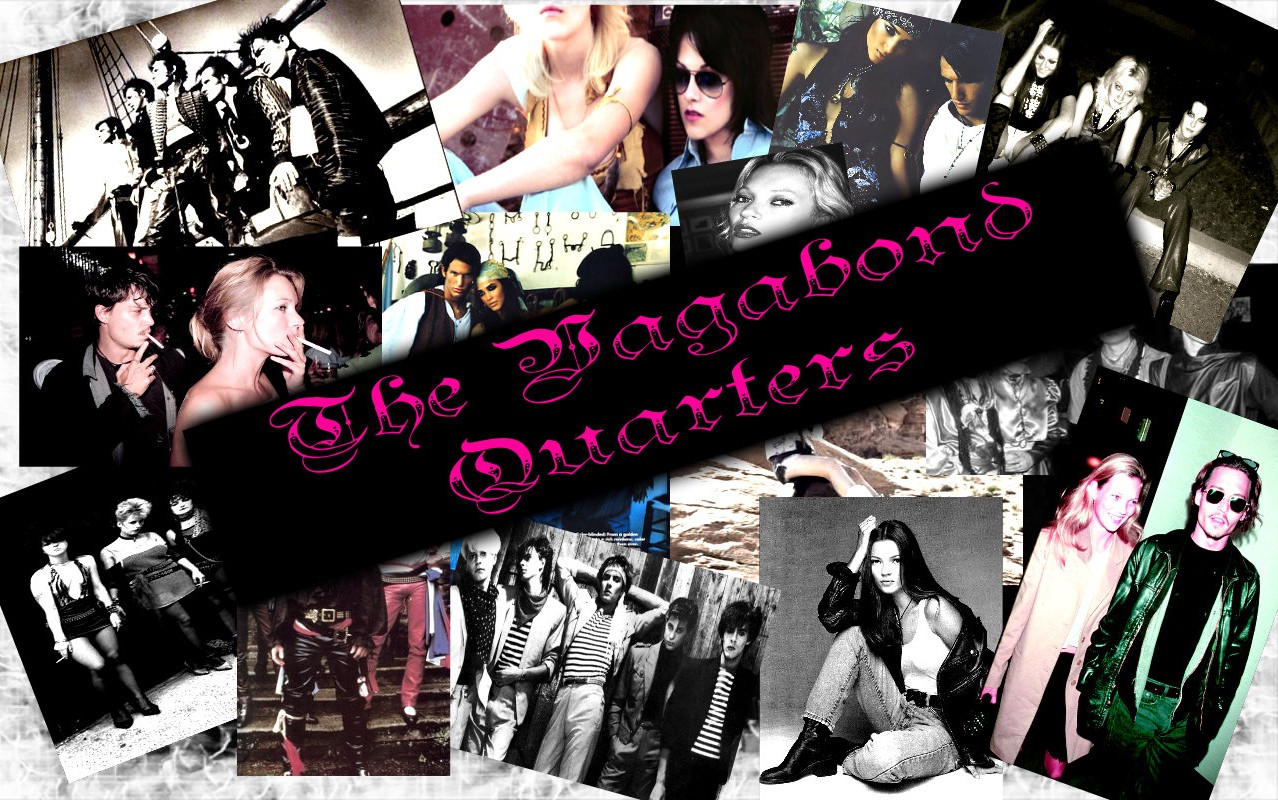Fashion Editor, Nicole Clinton, explores the appeal of the fashion magazine.*
The fashion magazine’s origins can be traced back to the late 1600’s and 1700’s when the French aristocracy began to record what they were wearing and sketches were put together in books that were reproduced and sold. Today, it is almost impossible to enter even the smallest newsagent or corner shop without finding at least four different fashion print publications. And while they are a pleasing form of entertainment, in reality, they are so much more than that. If fashion is an art, then the fashion magazine is the gallery and if fashion is a science, then the magazine is the laboratory in which experiments are carried out.
The purpose of the fashion magazine is obviously mainly rooted in fashion but it also known to employ other elements of pop-culture to increase its appeal. It showcases the latest trends by acting as a souvenir book of the season’s catwalk collections. The photoshoots that are arranged somewhere between the middle and end of the publication bring together the most visionary photographers, the most ravishing models and the most extraordinary styling to produce a sartorial feast for the eyes. The outcome of these spreads can range from outrageously controversial to awe- inspiring glamour to stimulating originality. Although the average reader may never be able to afford the designer items on show, they get a glimpse of a vision that may in turn induce some chic ideas of their own. The main fashion features of each issue provide the dictators of taste that compile them with an opportunity to preach their beliefs to the masses. However, a certain level of insecurity regarding the power of fashion alone could be suggested by the editors need to regularly use a music or movie star to cover their magazine, especially in the American editions. In fact, Vogue has been criticized by fashion industry insiders for supporting celebrity culture over fashion integrity. But perhaps, in a slightly paradoxical way, Vogue is increasing fashion awareness and interest by utilizing pop culture to entice the public into buying their fashion magazine.
Perhaps my favourite part of the fashion magazine is the advertisements. Seeping in glamour, these stylised ads are often like otherworldly pieces of art as they portray beautiful, exotic people doing beautiful, exotic things in beautiful, exotic locations. In an enchanting way, the two dimensional photograph exudes a three dimensional quality, as if the ad is a still from the most alluring movie imaginable and we are seduced into dreaming about how the characters’ story will unfold. All in the vicinity of one magazine, the Chanel model perches on a swing, suspended high over the ocean, the Gucci model bends her body backwards over a glass table, clutching her head in despair with a backdrop of a turquoise sea and sky and the Tommy Hilfiger model stretches over a Miami balcony, awaiting her mysterious lover. These commercial spectacles work off a philosophy of curiosity and attraction by being masterpieces of suggestion. They convince you that their product will permit you to enter the world of the ad without actually saying it at all.
With the digital age in full swing, the future of the print publication is obviously in danger. While it has greatly enhanced our lives, the internet is slowly leading to the devaluation of everything, including the fashion magazine. The rise of the blog is swiftly upon us and while a certain proportion of bloggers’ thoughts are actually worth hearing, I’m of the opinion that the internet is currently over-saturated with fashion blogs. The increase in popularity of the fashion blog could perhaps be attributed to the current generation’s obsession with a desire to relate to or to identify with everything. But my question is why opt for a reflection of reality when you could marvel at the otherworldly and unobtainable instead? People today have become fixated with reality rather than the magic of not knowing how and therefore, the glorious possibilities that the imagination can create out of curiosity are obliterated. The aesthetic quality of the fashion magazine, in its artistic spreads and its seductive advertisements, offers an escape from this tedious reality in the same way that a trip to the cinema to see a beautiful star enter an wonderful world does. Perhaps it is an outcome of the recession or maybe it is just proof that society’s valuation of things is going into decline that the attitude of ‘why pay for something when it’s being given away for free?’ is, rather worryingly, becoming the norm. Of course, you can look up pictures of clothes or fashion articles anywhere on the internet, but nothing beats holding a glossy in your hands and watching a vision unfold page by page…..
*This article was originally published in the UCC Express during my time as fashion editor.

